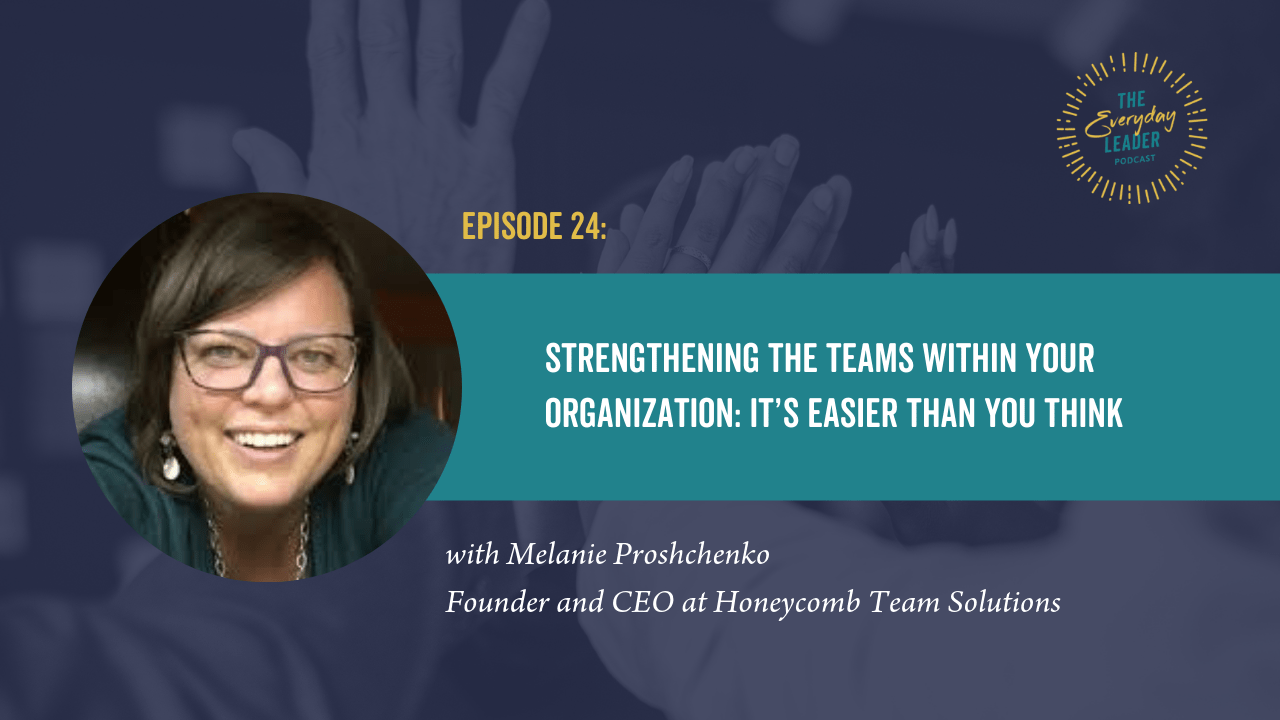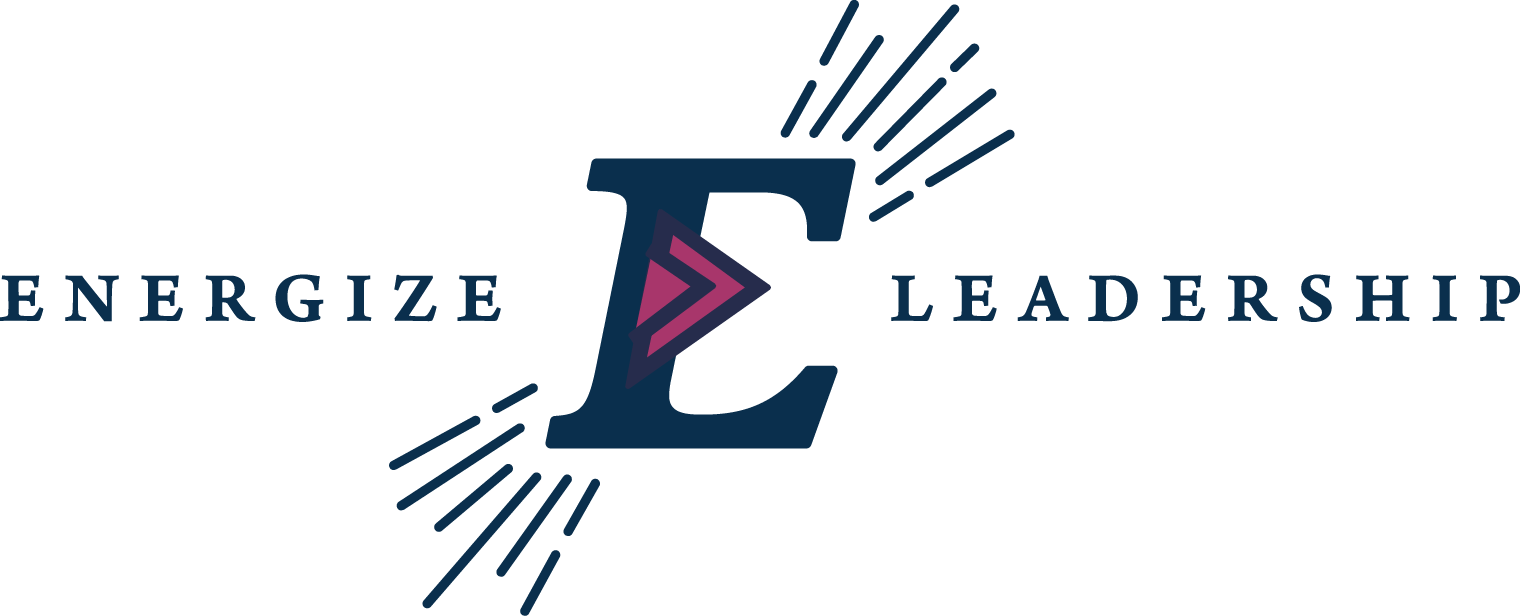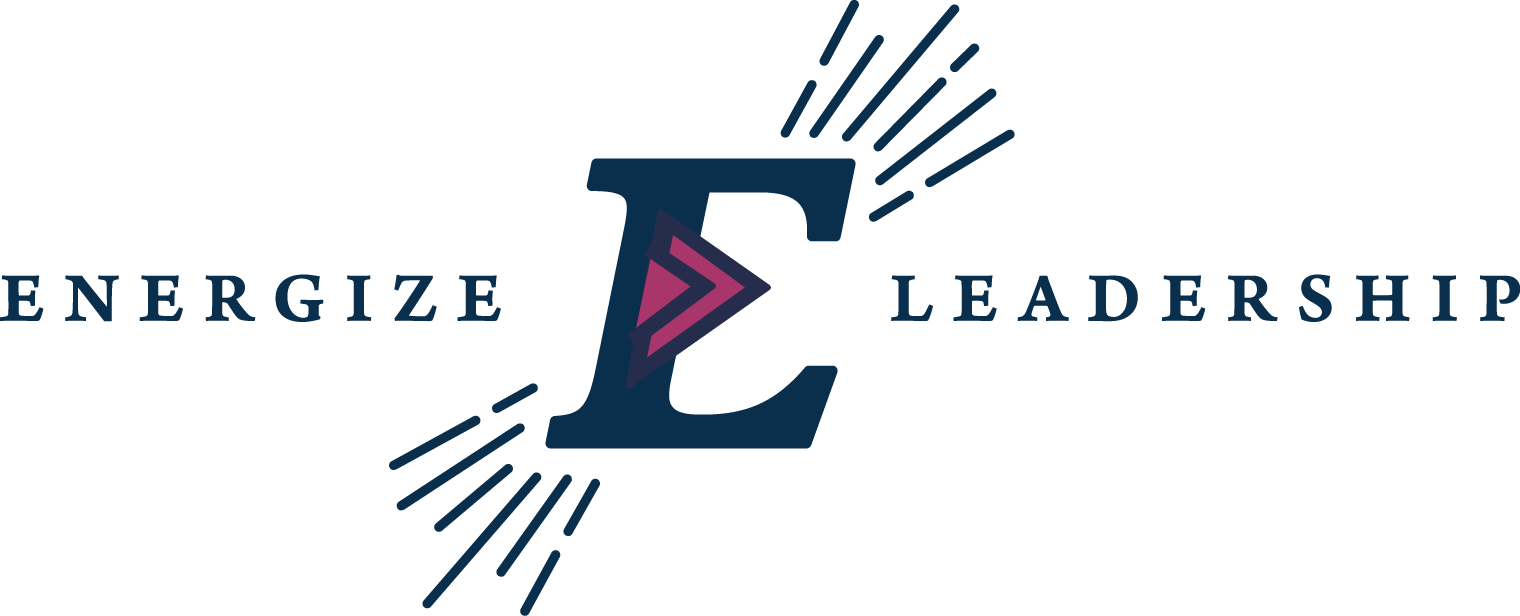The Power of Team Building: Create a High-Performance Organization.
Kat Rippy recently sat down with Melanie Proshchenko, the Founder and CEO of Honeycomb Team Solutions to talk about her work with leaders in creating more synergistic teams to increase productivity.
Through her work, Melanie has discovered remarkable patterns about how the greatest teams work together, collaborate and communicate to create a high-performance organization. She’s a master at working with groups to facilitate profound conversations that move everyone forward.
Click here or the image below to listen to our podcast with Melanie. For the cliff notes, keep reading.
The biggest challenge to leadership: Lack of productive harmony within the team
People go through the same process of getting to know their work peers as they do other people. We tend to gravitate toward people we like, and distance ourselves in various ways from those we don’t connect with. When this results in less than ideal personal relationships between peers, there needs to be an effort to establish a more productive harmony. The way to overcome this dissonance and work together is to find appreciation in what each person brings to the team, and work with them in a way that each person can bring their best self to their work, including, their unique gifts, so the team can be productive. This can be done through bringing people together and creating a common understanding and language about similarities and difference through various assessments (StrengthsFinder is Melanie’s personal favorite!).
The silo effect
As the size of the organization increases, senior management gets more isolated from the rest of the organization. The creation of a horizontal layer of management can lead to issues with group dynamics and dysfunction at the higher levels of leadership, with the resulting tendency to operate in silos, which feeds down into the organization. Elimination of the ‘us vs. them’ paradox requires using rhetoric which dismantles that line of thinking, which in connection with clarifying roles/functions and establishing a common goal between teams, has an immediately positive impact on the team’s ability to work together to achieve goals. Making the goal(s) the focal point of work, reinforcing behaviours that are positive and constructive, and keeping each other accountable at every level will solidify the synergy between teams.
Relationships between senior leaders are important
If you can understand what motivates a person, you will be better able to trust them and their decisions as it relates to business. This usually takes place in the context of real understanding of the someone as a person, separate from their business persona. Building strong relationships with peers is especially important when working across a horizontal layer of leadership and can often open a pathway to improving communication between leaders. When a solid relationship exists between leaders it’s easier to have objective (not personal) conversations about performance and how their respective teams can improve the dynamics and processes between them to accomplish common goals.
It is possible to have the same impact from the bottom up, as from the top down
While optimally the leader drives the changes needed within or across teams, in cases where the leader is not the best communicator, is not well liked, or has not gained the employees’ trust, you can arm the team members with the skills and ability needed to affect change. Every team member at every level needs to be able to nip negative talk about team members within or across teams immediately and make room for tangible problem solving rather than the typical negative spiral of team relations and bad blood.
It takes two to tango!
Team members and cross-functional teams often point fingers at others who are unwilling to change or make the problem better. While you can only do what you can do, there is usually a few opportunities being overlooked. You cannot change those who don’t want to change, but you can make your own life easier. Identify the things you can control and change and focus on those. Ask questions to bridge the gap. What does each side want? Are there commonalities? How can we do this together? How can both sides benefit by working together? Sometimes a rising tide lifts all boats – and you gotta start somewhere so start with yourself!




